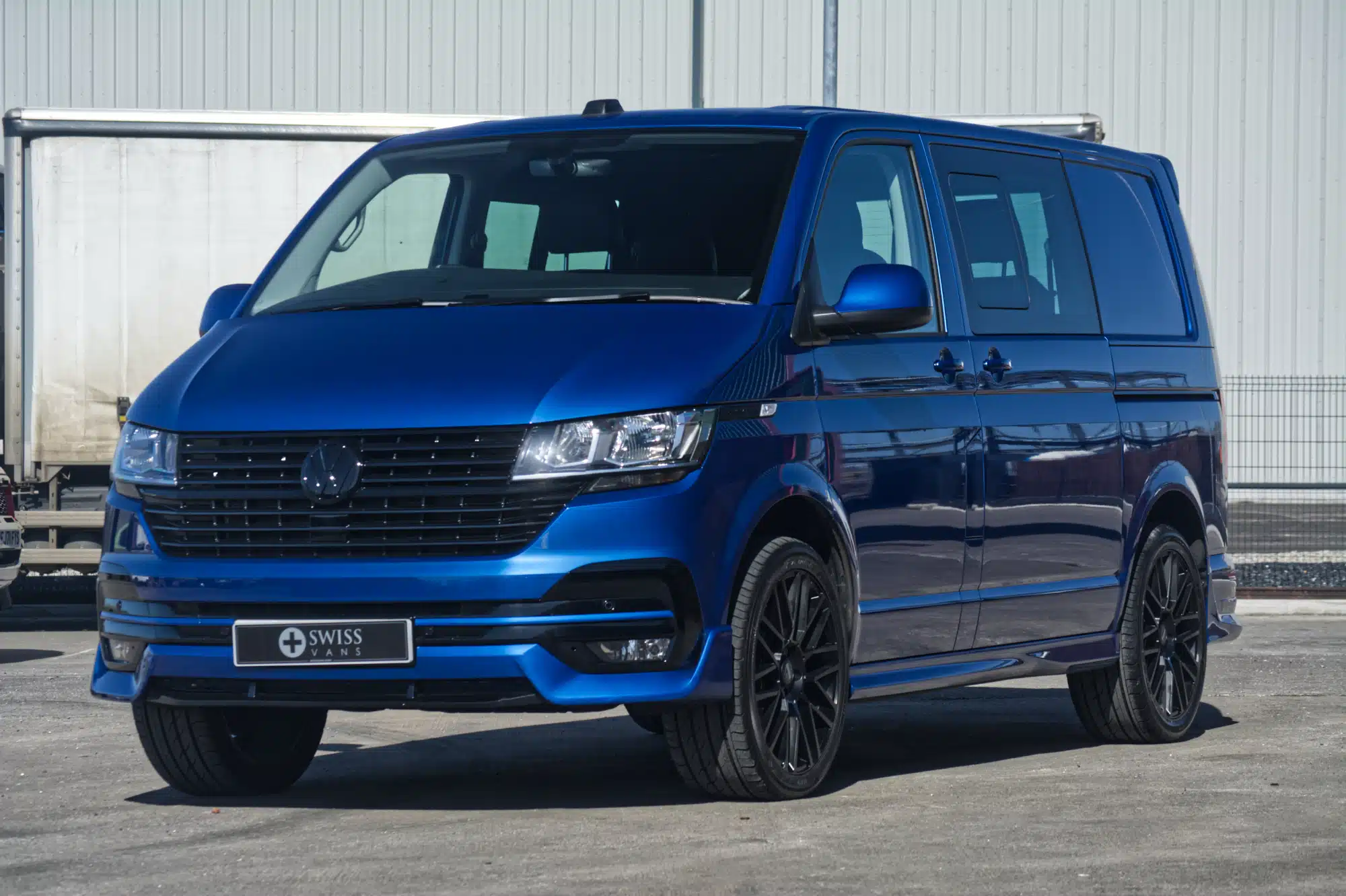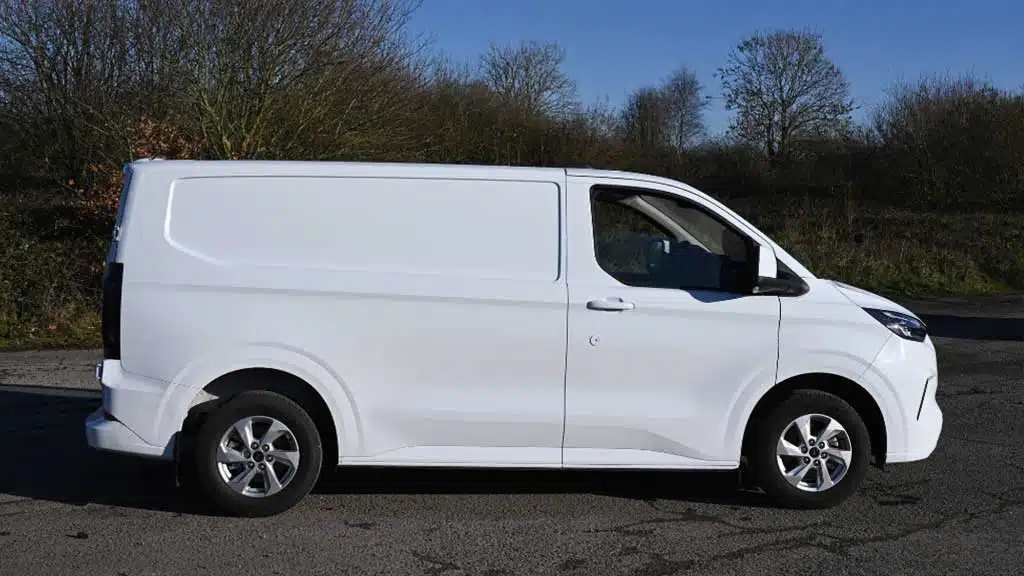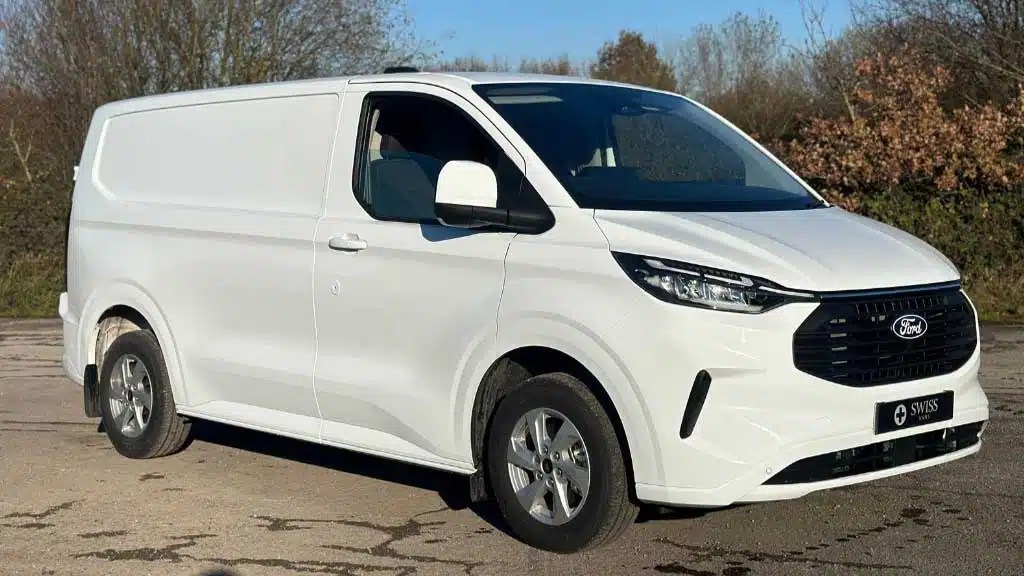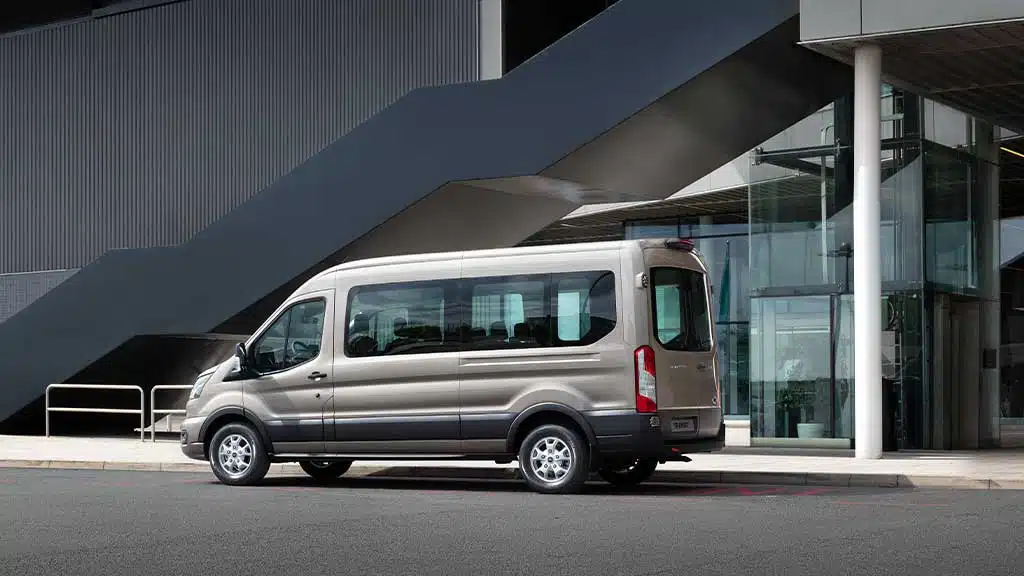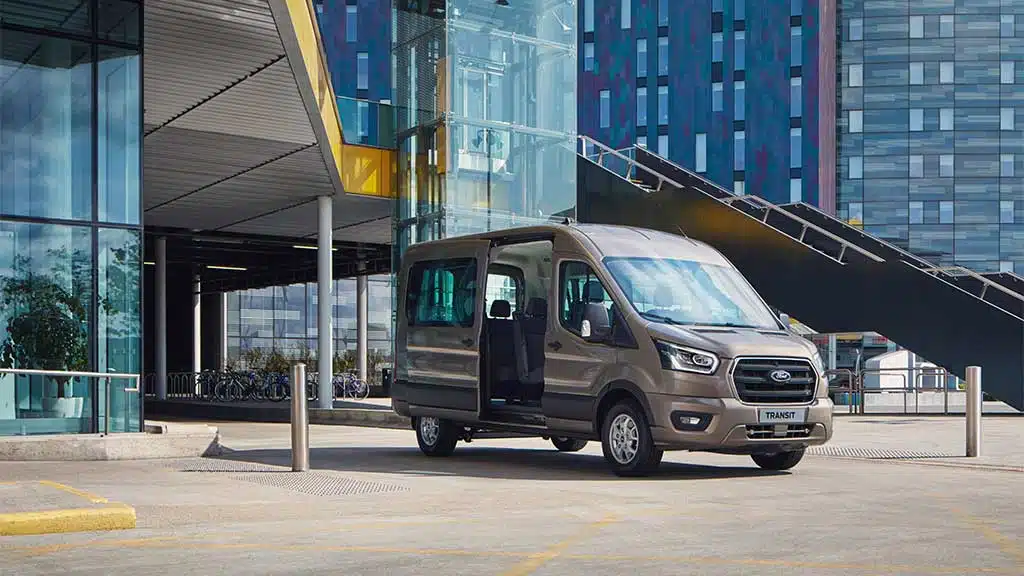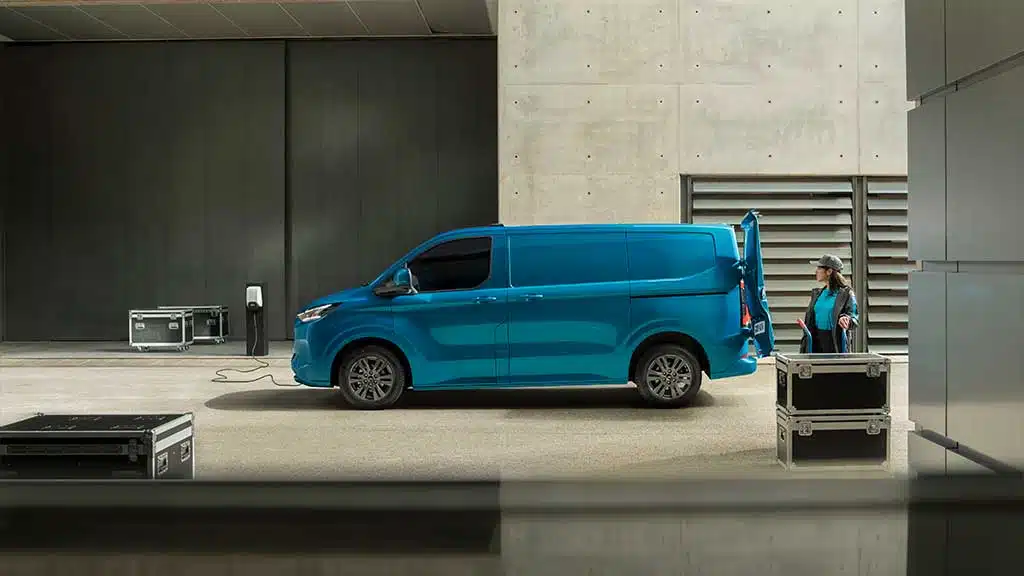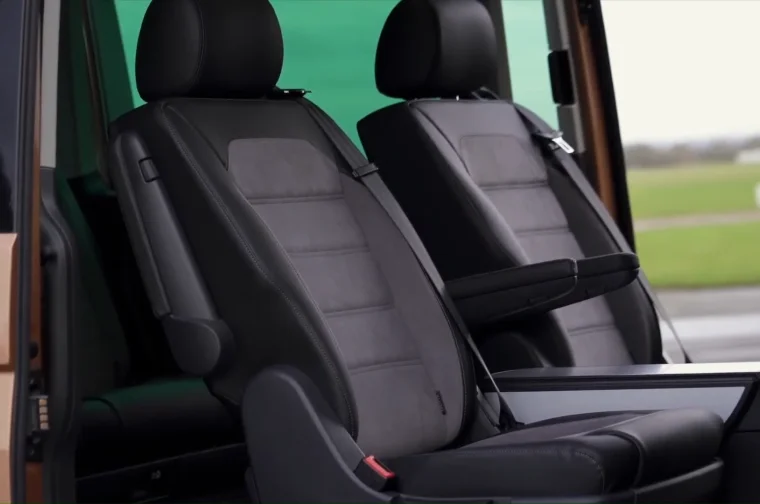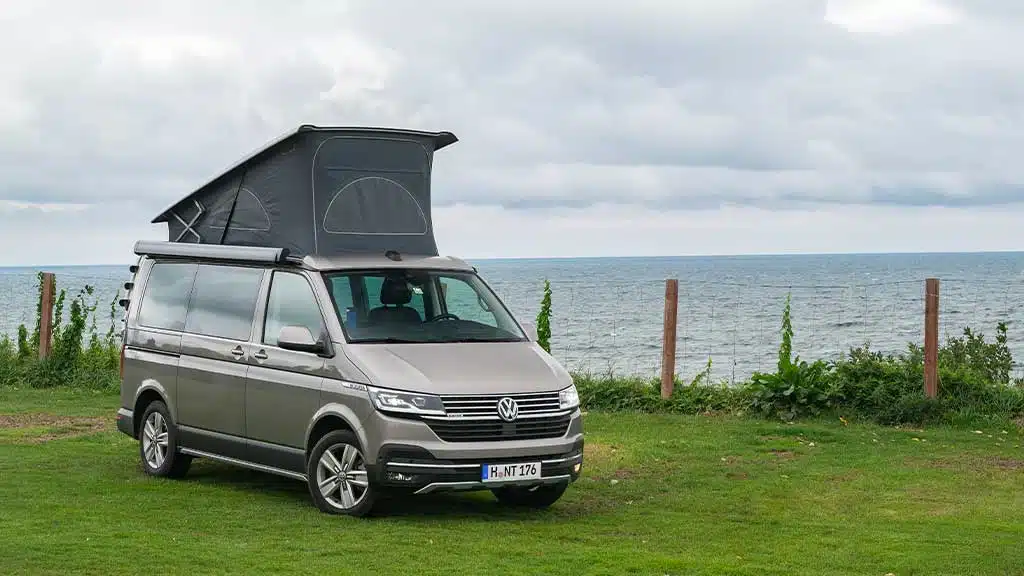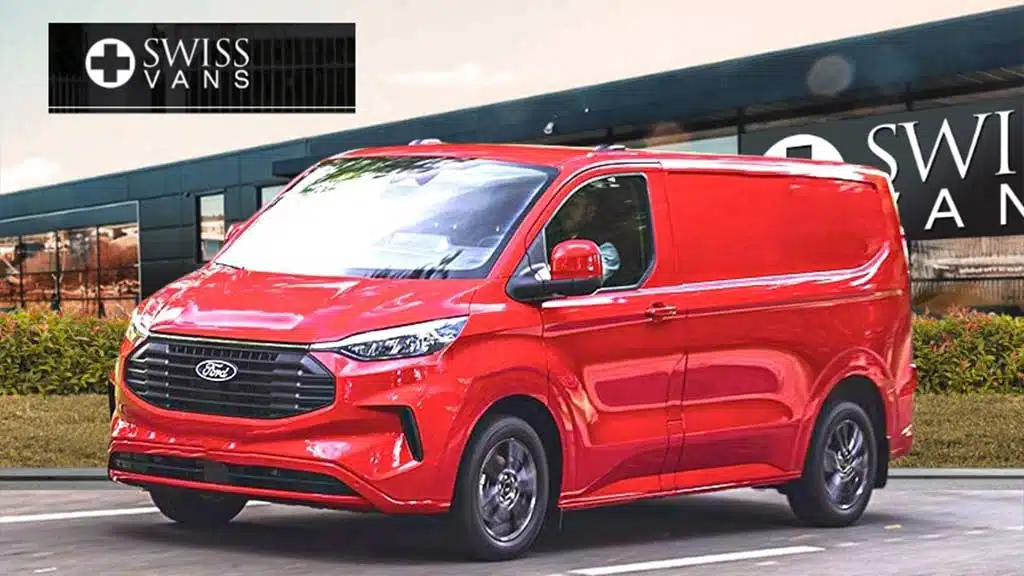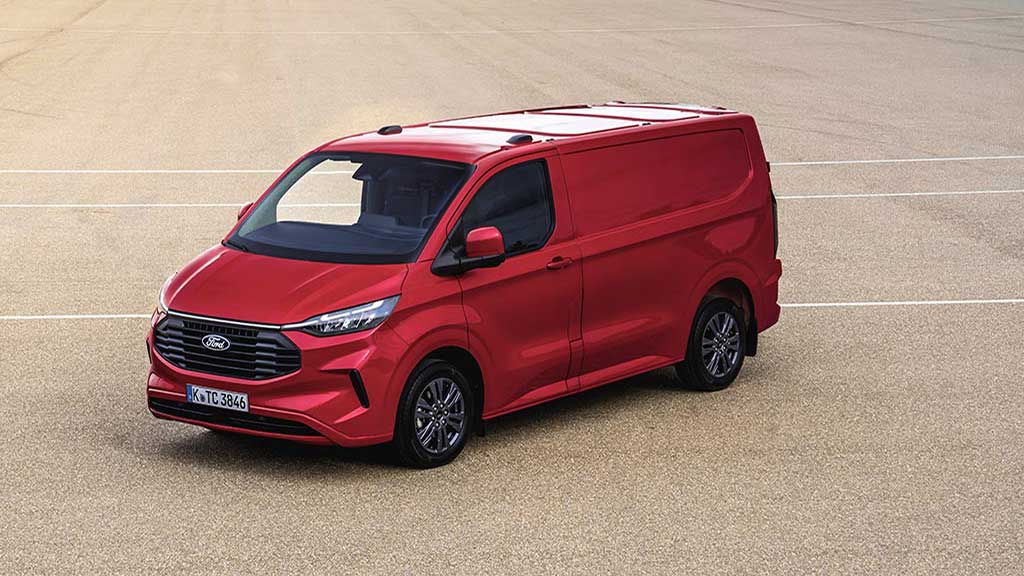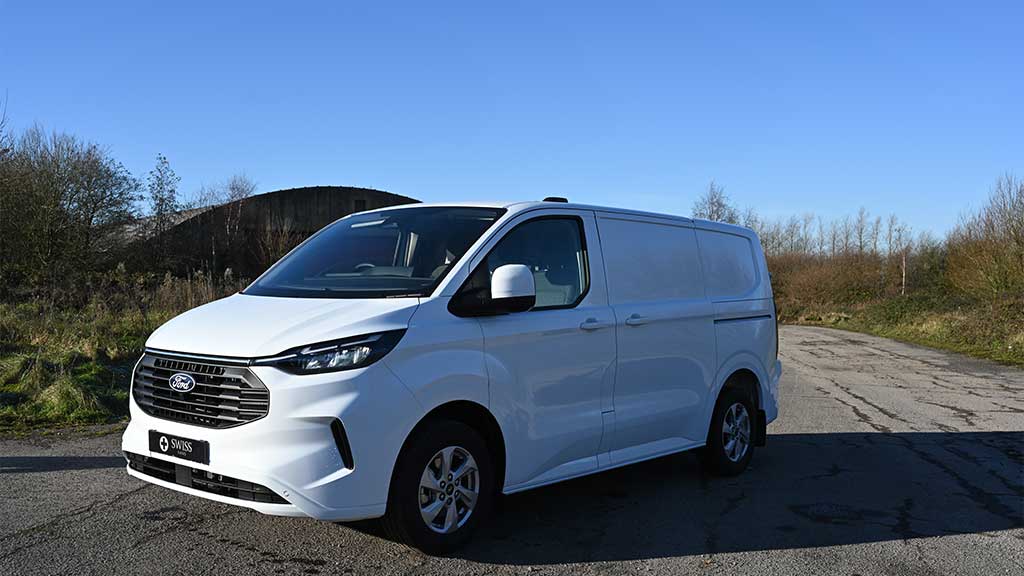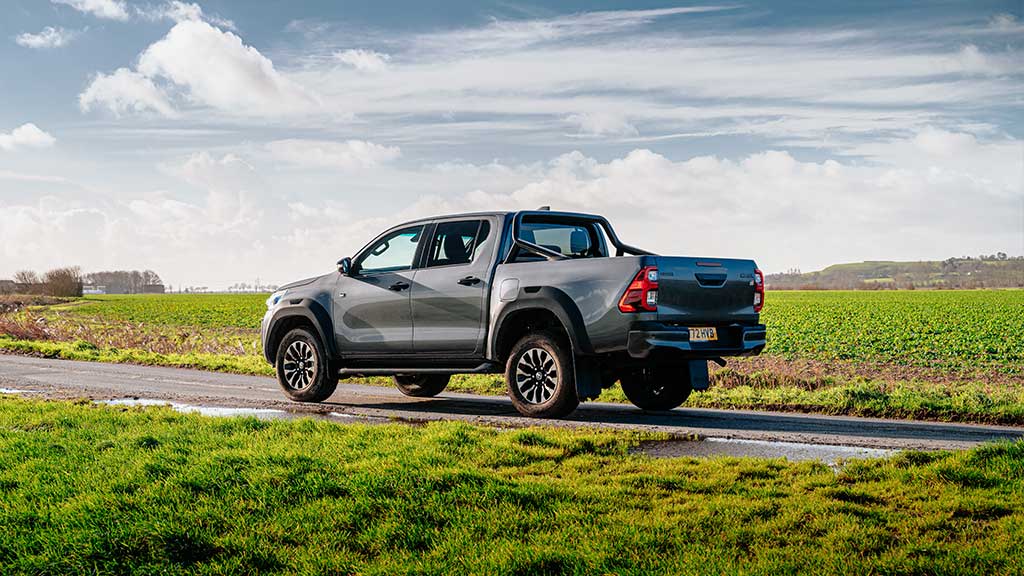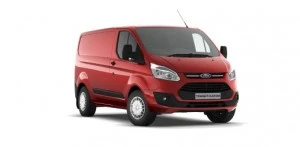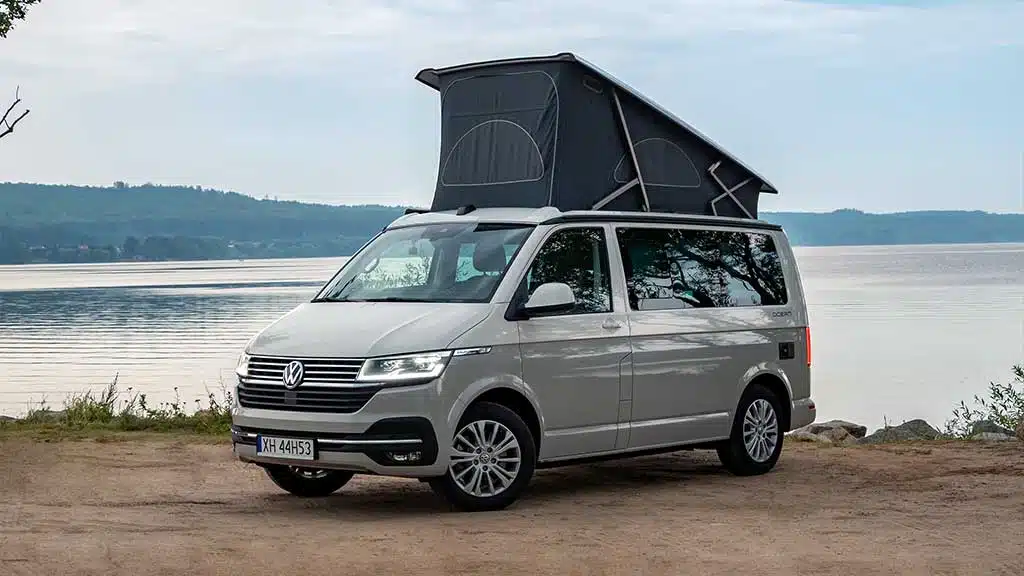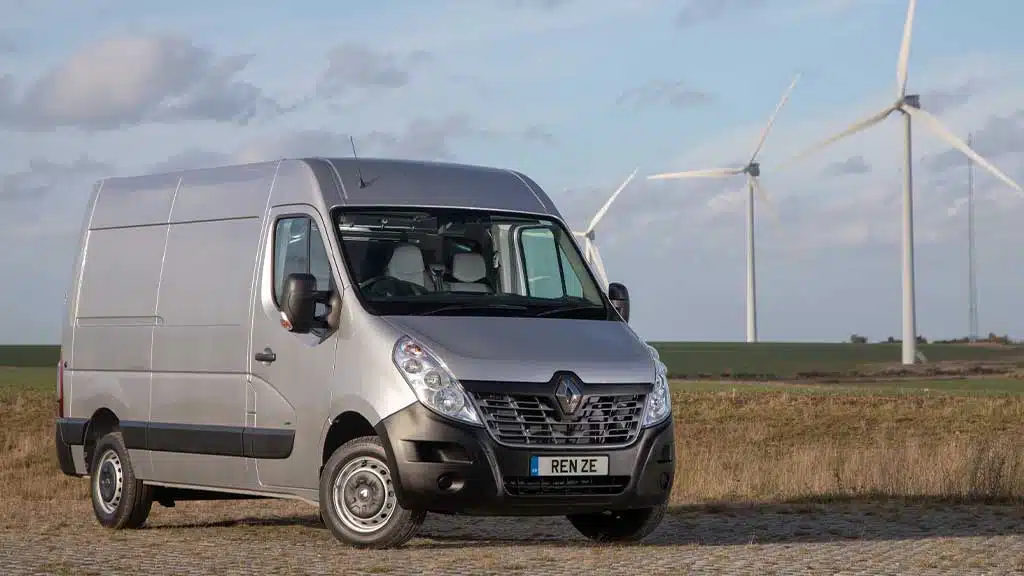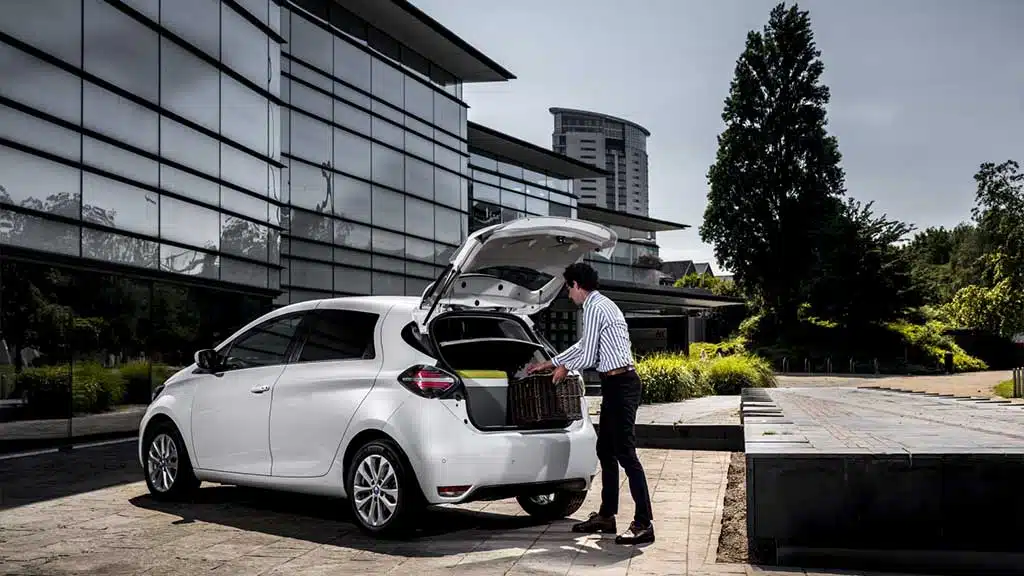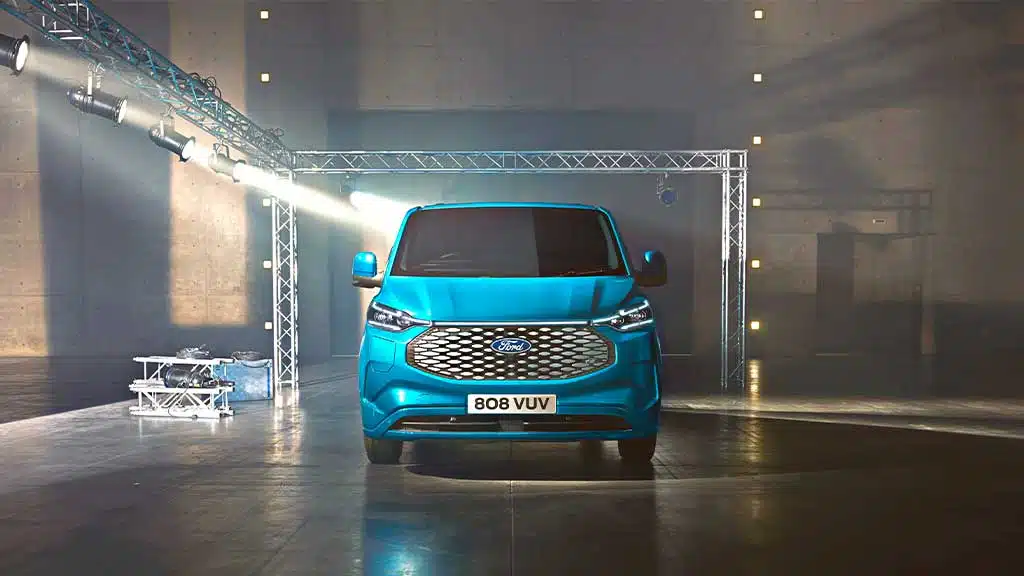What are the Mercedes Sprinter dimensions in terms of height and width? What are the Mercedes sprinter internal dimensions? You’ve come to the right place to learn more about the Mercedes Sprinter’s size and measurements, which are frequent questions people inquire about this unique beast.
The Sprinter is among the most well-liked vans on the road and is available in many sizes and body variants. Everything you need to know about the Mercedes Sprinter van dimensions, including the Sprinter height, length, and width is available here.
The sizes for each type of vehicle—low roof, high roof, short wheelbase, and long wheelbase—can be seen in the tables below if you know what kind of van it is. The accurate Mercedes-Benz Sprinter measurements for UK cars are available for the Sprinter van.
All other large vans should be evaluated in comparison to the Mercedes-Benz Sprinter. This Sprinter maintains the successful trend started by its forerunners while also establishing new benchmarks for usability, technology, and driver safety. It is also cozy, simple to drive, and capable of moving enormous loads.
The Sprinter, dubbed a “toolbox on wheels” by Mercedes-Benz, performs all the duties associated with a large van, with payloads reaching an astonishing 3150 kg. Along with the standard rear-wheel and four-wheel drive options, drivers can optionally choose front-wheel drive.
Type of Mercedes Sprinter
While most people might not know, the Mercedes Sprinter comes in several types. There are three types of Sprinter vans: cargo, crew, and passenger. The most expensive option is a passenger Sprinter, which can seat 8 to 15 people. However, because seating takes up so much space, there is less room for campervan accessories. Nevertheless, this is never an issue as you can take it out if you want to convert the sprinter to something else.
A cargo van is a business vehicle with a driver and passenger seat and an empty interior that can hold products and equipment. Because of this, it is well suited for installing beds, a table, and other campervan-related accessories.

A crew van combines the two, offering a second row of seats and adequate interior space. A crew van is a suitable alternative for conversion because this second row is detachable. Nevertheless, cargo vans remain the most reasonably priced Sprinters, and they are frequently employed due to their adaptability and reduced price.
Mercedes Sprinter Roof Type
Choose between a regular or high-top roof after deciding on your desired three van styles. The benefits and drawbacks of each are clear-cut: a van with a high-top roof (up to 9 feet) provides more space than a conventional van (up to 5’4″) and can hold more fittings and fixtures, such as bunk beds.
However, a conventional roof van is more practical because it is more unobtrusive and may be parked wherever without regard to height. It’s important to note that starting in 2018, only Mercedes cargo vans can be specified with a low roof; crew and passenger vans come standard with a high roof. If you purchase a van with a conventional roof, you can add a pop-up.
Performance and Transmission of Mercedes Sprinter
Three engine options are available for all Sprinter cargo, passenger, and crew vans. The base engine is a four-cylinder gas-fed turbocharged engine with 188 horsepower and 258 lb-ft of torque. The other possibilities are a higher-output 211-hp twin-turbo diesel with 332 lb-ft of torque and a 170-hp turbodiesel four-cylinder with 295 lb-ft torque.
A nine-speed automatic transmission is used with each engine. That may not seem like much power for such a massive truck, but it’s more than enough for lighter-duty chores. Every Sprinter van has a standard rear-wheel drive, while all-wheel drive is an option. In contrast, a four-wheel drive is also an option for the Ford Transit.
Mercedes Sprinter Engine and Gearbox
One of the best huge vans for driving is the Mercedes-Benz Sprinter. It feels reassuringly sturdy on the freeway thanks to its refined engines and speed-sensitive handling. As you drive the van into a town, the steering will become lighter as your speed decreases, making it simple to maneuver through traffic or maneuver the van into a small parking space.
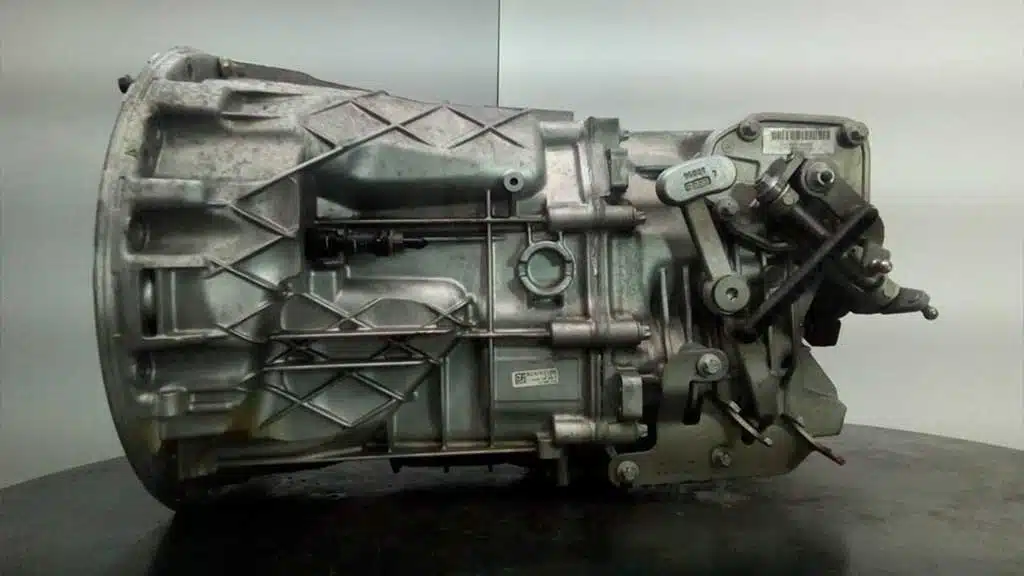
Van operators who frequently switch out drivers will appreciate the Sprinter’s simplicity of operation. A wide range of semi-autonomous driver assistance functions, including autonomous city braking and a fatigue detection system that will alert the driver to take some time off if it senses mistakes being made on the road, will help reassure them. When reversing, the rear traffic alert package is an essential addition because it alerts the driver to oncoming traffic.
The Sprinter is one of the most fuel-efficient large vans in its class, with advertised fuel economy ranging from 41.5 mpg to 29.1 mpg, depending on the variant you select.
Mercedes Sprinter Interior
Compared to competing full-size vans, the Sprinter features a more upscale cabin. Its interior appointments and amenities, such as the huge 10.3-inch infotainment touchscreen and optional leather-covered steering wheel, set it apart from the GMC Savana, Ram ProMaster, and Chevrolet Express.
Long flights are made easier mentally thanks to Mercedes’ focus on reducing cabin noise, making daily use less taxing on the ears. The Sprinter’s seats are ergonomically designed to prevent back pain after long periods of driving, and a Swivel Seat option is offered to make getting in and out even simpler.
Height of Mercedes Sprinter Dimensions
The H1 van, H2 van, and highest H3 Sprinter van all have a general height of 2351mm, 2616mm, and 2825mm, respectively.
Therefore, neither an H2 van nor an H3 van with an incredibly high roof will be able to fit beneath a 2.8m height restriction. The Sprinter is nowhere near such height requirements, even as a low-roof van. These height constraints are far more frequently found at 2m or 2.1m, which is uncommon for height restrictions.
The heights shown above are also for the shortest H1, H2, or H3 variations; other bodies may have higher heights based on their size, weight, and the type of tires they are wearing.
Mercedes Sprinter Internal Loadspace height
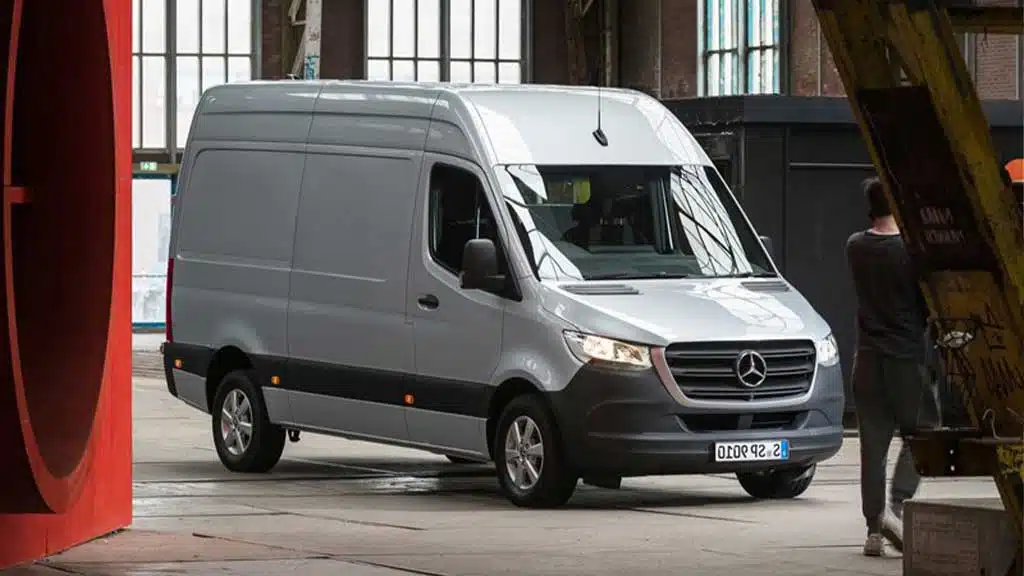
Sprinter vans come in various internal heights, with the lowest being 1789mm for a regular roof H1 van and the highest being 2243mm for an extra-high H3 van.
There is one vehicle that deviates from this rule. A front-wheel-drive H2 van gains an additional 70mm, increasing the high roof. The front-wheel-drive Mercedes-Benz Sprinter van has a loadspace height of 2079 mm.
Load volumes range from 7.8 cubic meters to 17.0 cubic meters. Load bed lengths range from 2,732 millimeters to 4,810 millimeters. The standard load space width is 1,787 millimeters. The maximum wheelbase is 4,325 millimeters.
Width of Mercedes Sprinter Dimensions
You need to know a van’s width due to a narrow route or a small parking place. The mirror-to-mirror width of the Mercedes-Benz Sprinter measures 2345 mm at its widest point overall. For the Mercedes sprinter van size, the measurement remains the same.
If the Sprinter’s mirrors are folded, its width is 2175 mm. 2020mm is the breadth of the body at its broadest point, without mirrors. All types and sizes of vans have a maximum interior loadspace width of 1787 mm, which is the same for the Mercedes-Benz Sprinter.
Mercedes sprinter lwb dimensions
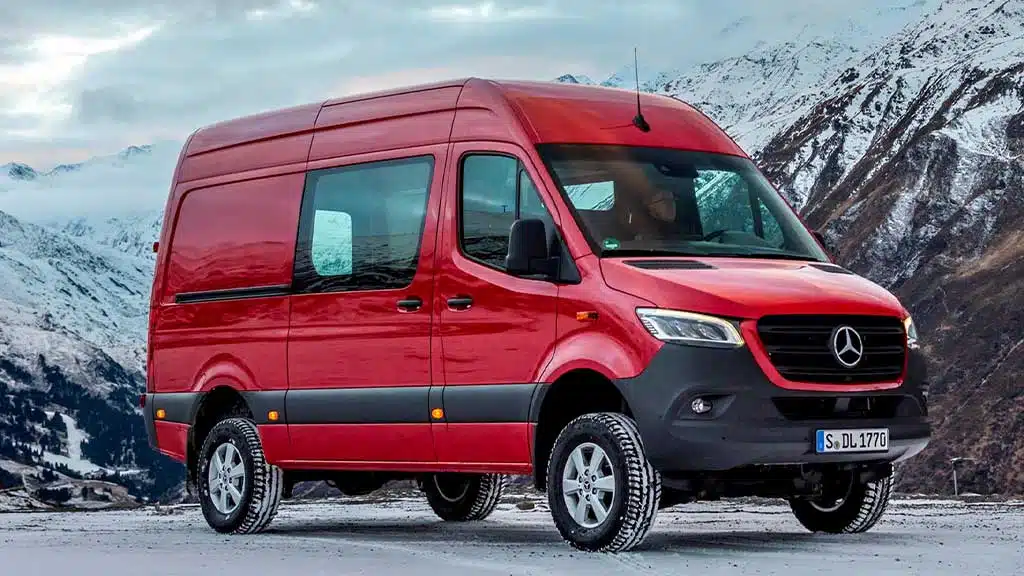
A long wheelbase Sprinters have a 6,967mm overall length and a load area that is 4,307mm long. Due to the enormous amount of space they provide, couriers and light haulage companies favor extra-long vans. These vans typically have a tall top, and the cargo space is about 4.5 to 5 meters long. Due to the safety of fitting whole rolls of carpet within, carpet installers frequently use this kind of vehicle.
Their principal benefit is the extra space that extra-long vehicles provide for a home relocation. This size van should fit a modest apartment, except you have a lot of furniture. The longer load length gives you more room to fit your relocation boxes, heavy furnishings, and huge appliances.
Mercedes Sprinter mwb dimensions
Both front-wheel drive and rear-wheel drive models of the medium-wheelbase Sprinter are 5932mm long. The H1 variation has a height of 2351 mm; the H2 has a height of 2638 mm for FWD models and 2630 mm for RWD vans. Every van is 2020mm wide.
Conclusion
One of the most adaptable vans on the market is the Mercedes-Benz Sprinter. Because of this, it is natural for people to ask about the Mercedes Sprinter dimensions, especially if they want to use the van for business activities. As you can see, numerous sizes are available, and you must remember that these are only the panel van variations. The Sprinter is also available as a minibus, chassis cab, factory-built tippers, and dropsides. The list goes on and on.
The Mercedes-Benz eSprinter, an electric variant with an 11m3 capacity and based on the L2H2 van, is also available. More size options will be available on newer models, and we’ll continue to keep you informed. However, to respond to the previous question, the Mercedes-Benz Sprinter is not the largest van available.


